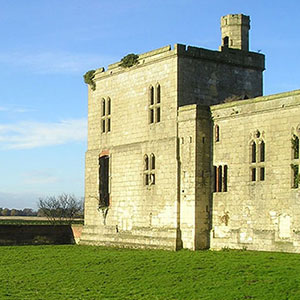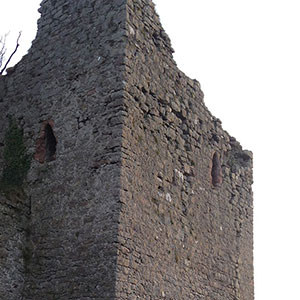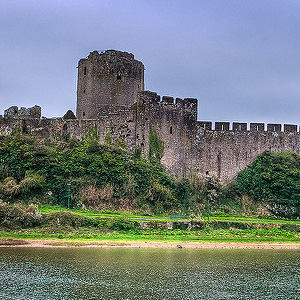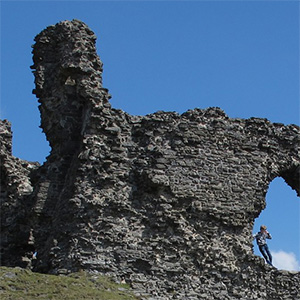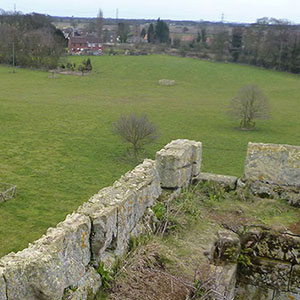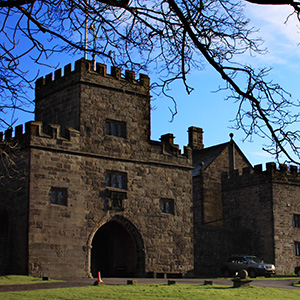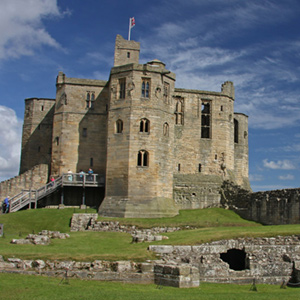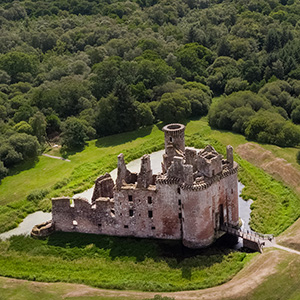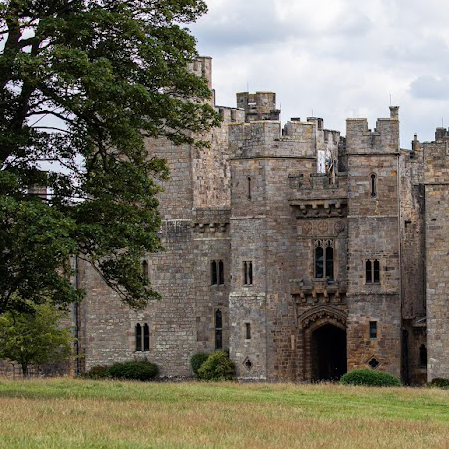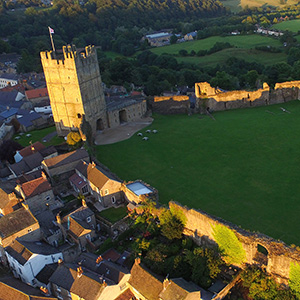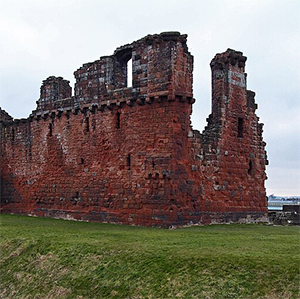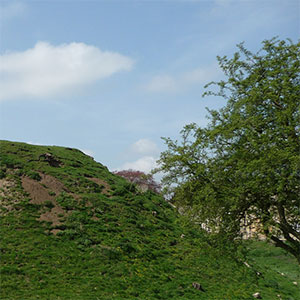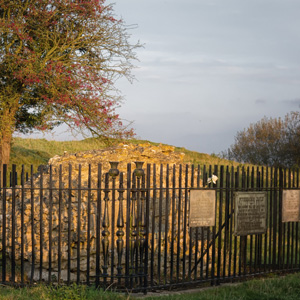Geophysical and photogrammetric survey at Fotheringhay Castle, Northamptonshire
Sum awarded: £5,000
Next to nothing remains of Fotheringhay Castle above ground, and with geophysical (ground penetrating radar GPR) and topographical survey (using a small unmanned aircraft SUA) this project aims to help understand the morphology of this important site.
The GPR survey hopes to identify where possible the phases of the substantial ranges of medieval buildings within the inner bailey and the “fetterlock” tower on top of the motte. The aerial survey will provide a detailed survey of the castle’s earthworks and immediate surroundings.
Despite the being next to a river crossing the castle does not appear to have been an important military stronghold, and from the late 13th century it took on the dual role of royal palace and state prison. It was apparently considerably rebuilt and enlarged in the late 14th century by Edmund Langley, son of Edward III. From then on it became the favoured residence of the House of York and it was here in 1452 that Richard III was born. It was also the final place of imprisonment of Mary, Queen of Scots, who was tried and executed in the castle in 1587.
Image 2: Gillie Rhodes, CC-by-NC
Aerial and geophysical survey report at Fotheringhay Castle (PDF 32MB)
